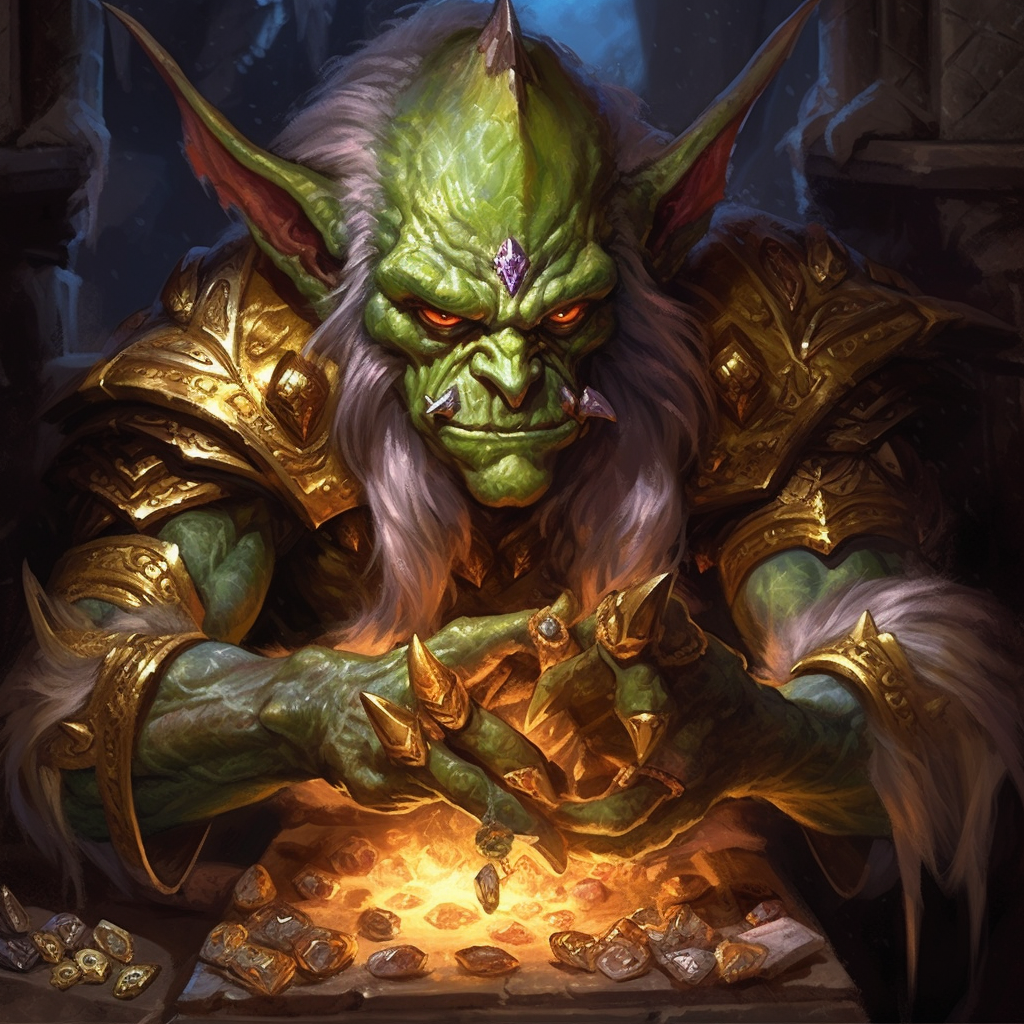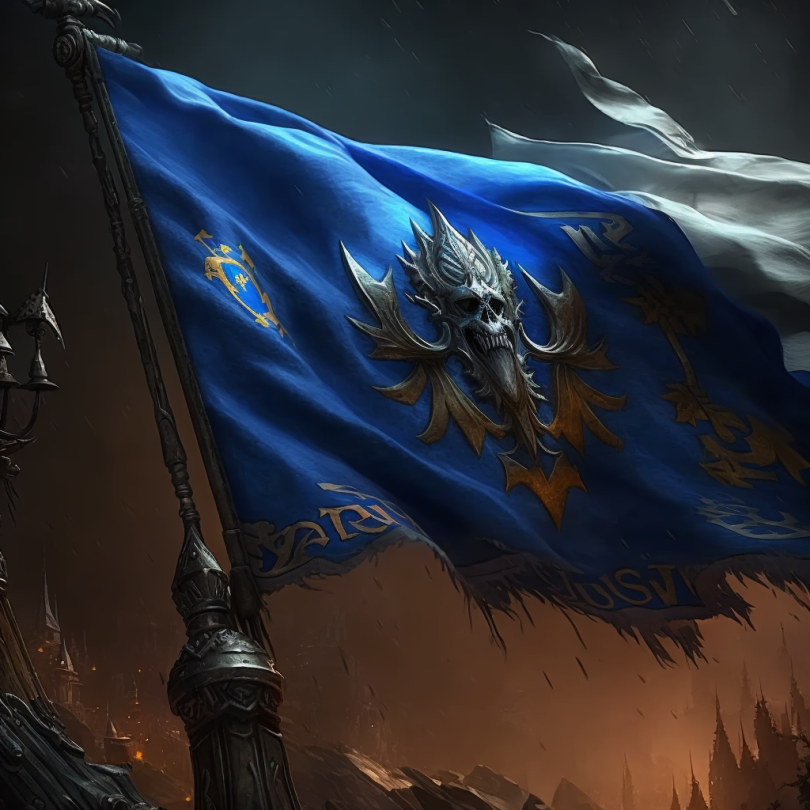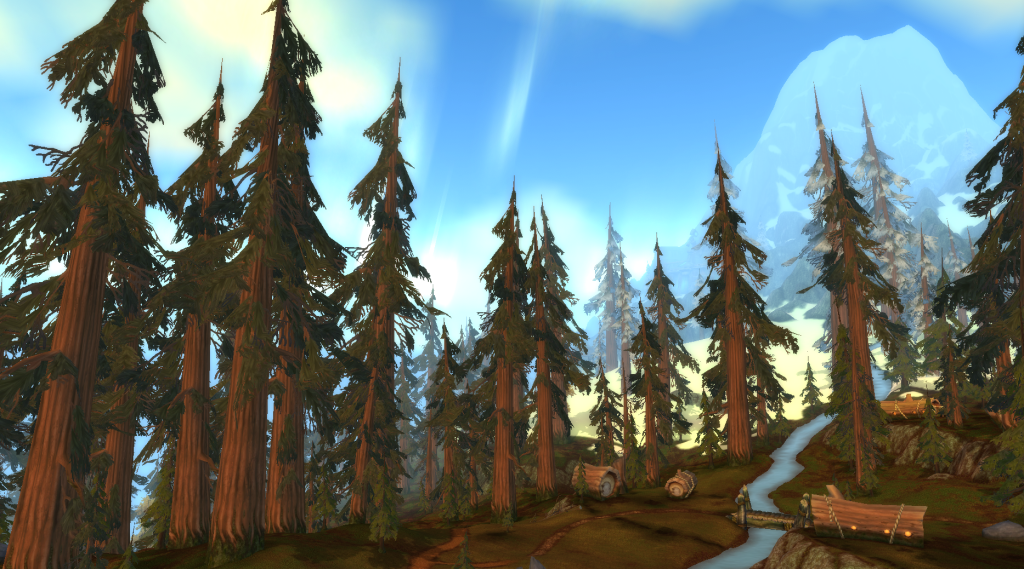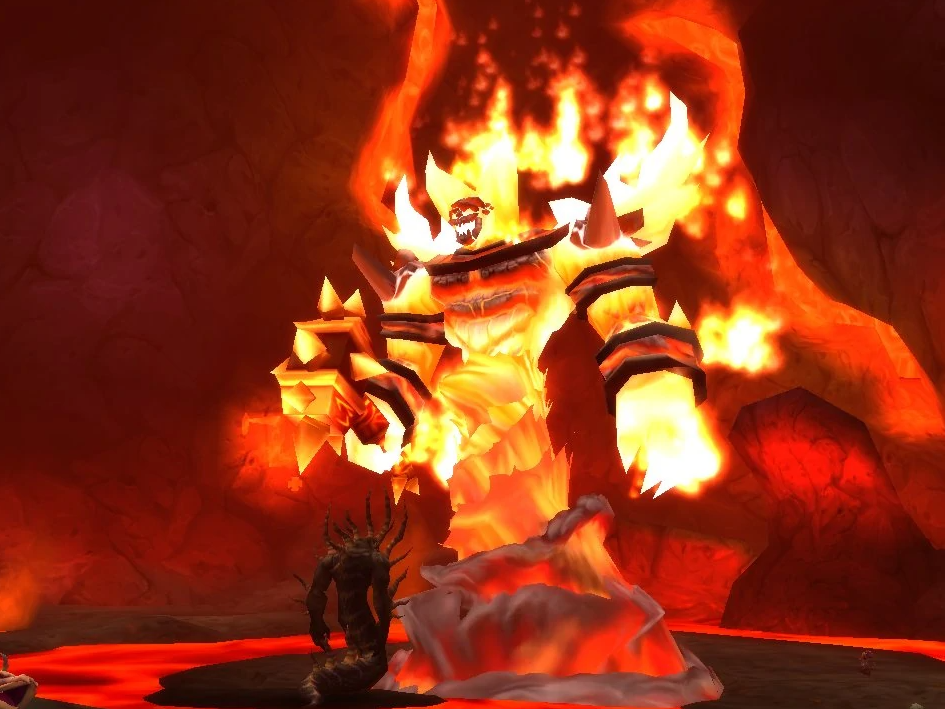
In the realm of game design, carefully crafting assets holds the power to forge enduring connections with players. From iconic characters to pivotal moments and invaluable items, the more intentional and thoughtful an asset is, the greater its impact on the player experience and the lasting legacy of a game. While this correlation isn’t always direct, the pressure on studios to develop highly detailed art assets, captivating storytelling, and immersive worlds is immense. However, the challenge lies in balancing sustainability and riding the waves of hype, as burnout and asset “misses” can lead to negative feedback loops that strain the relationship between developers and players.
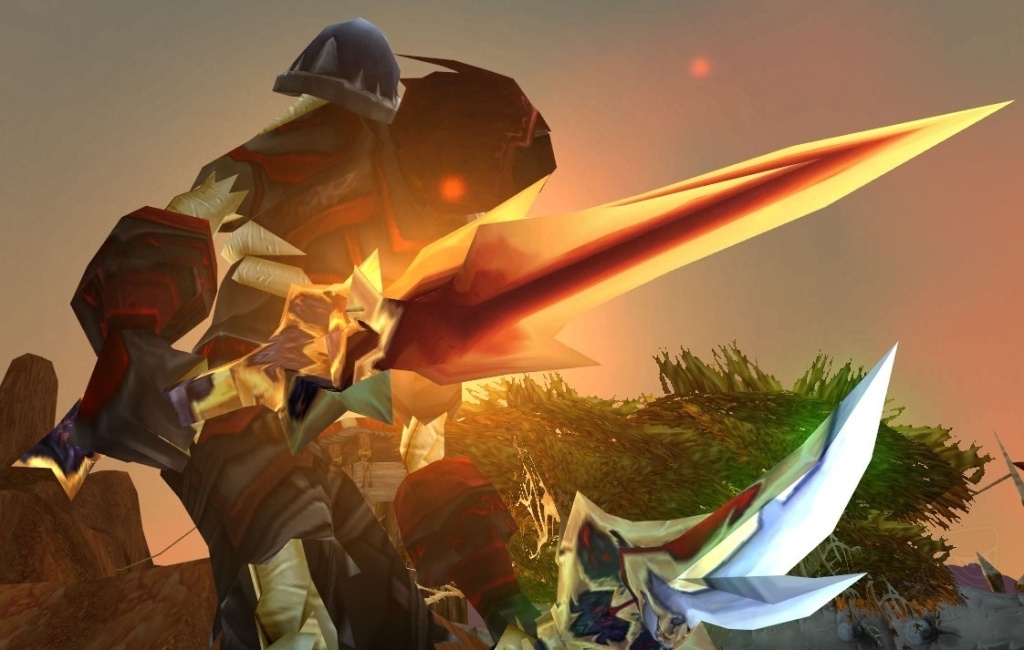
Memorable Assets: World of Warcraft’s Success Story
World of Warcraft (WoW) stands as a testament to the power of memorable assets, as proven by the resounding success of the game’s classic relaunch. Through unforgettable bosses and items, WoW not only creates cherished memories but instills a burning desire in players to return to its vast world. This highlights the strength of well-crafted assets and their ability to leave a lasting impression.
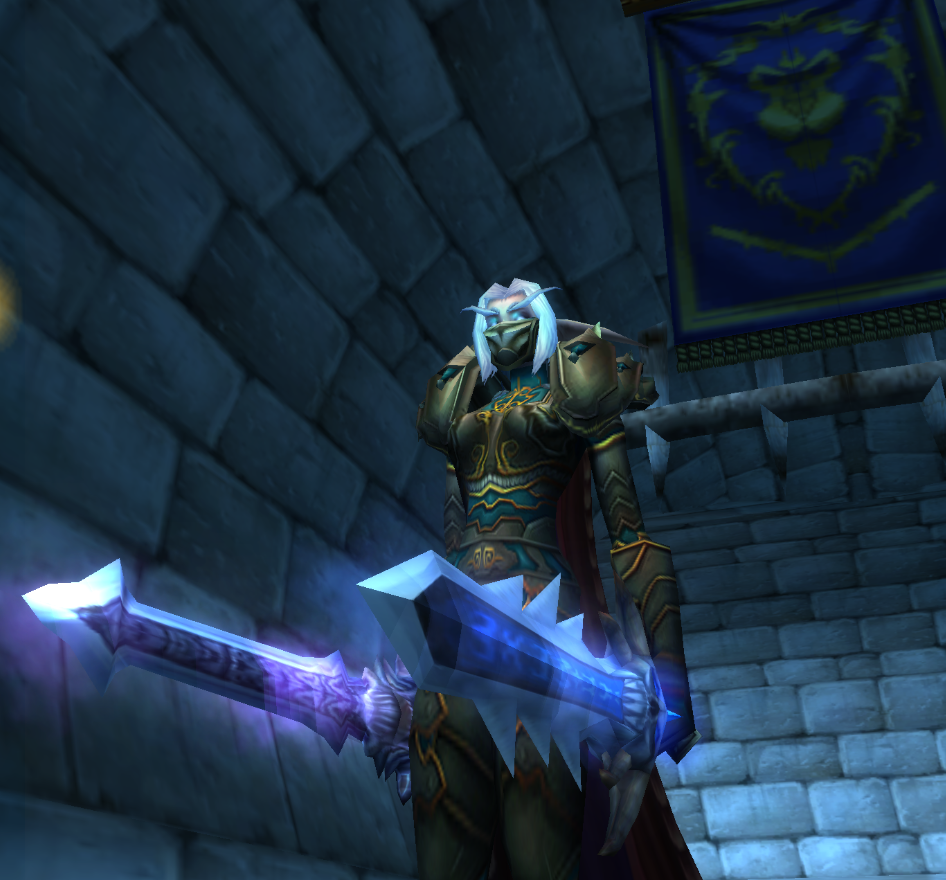
Navigating Real-World Constraints: Asset Reskinning and Reuse
In an ideal world, unlimited funding and boundless creativity would pave the way for future content and assets. However, within the constraints of reality, such as limited time and budget, developers often turn to solutions like asset reskinning or reuse. WoW’s third expansion, Wrath of the Lich King, exemplifies this approach, with the first raid tier being a reskin of the last raiding tier from the vanilla version. By leveraging memorable enemy and item models, developers tapped into nostalgia while mitigating budget and time constraints.

The Untapped Potential: Asset Mirroring and Reversing
One promising avenue yet to be explored in World of Warcraft is the concept of mirroring assets. Racing games commonly employ this technique to add difficulty by reversing or mirroring tracks. It offers an elegant design solution because, although racing tracks are relatively straightforward to plan, populating them with meaningful assets and narratives presents a significant challenge. By sending players in the opposite direction or through mirrored tracks, developers can provide a slightly new experience without the need for creating entirely new assets. Adding reskins or palette swaps can introduce variations, gradually transforming the experience into an entirely different map. Embracing systemic methodologies like asset recycling allows studios to explore multiple avenues for implementing new content.
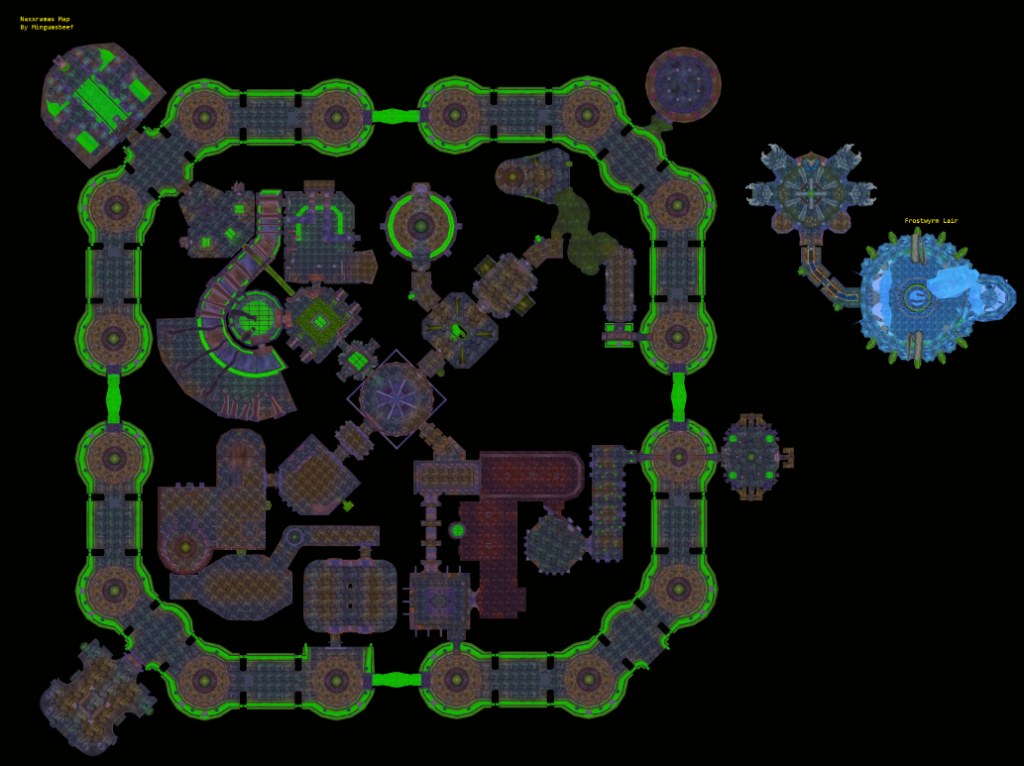
Enriching Old Assets: The Potential of Design Details
Blizzard took a similar approach to asset recycling with itemization, using common models with reskins between expansions. However, there are further opportunities, such as mirroring and theming Naxxramas differently. By carefully ideating and testing, developers can implement small design and story details to breathe new life into existing assets. For example, reversing the order of wings or incorporating unique interactions and environments like swimming through sewers can create a fresh and captivating experience.
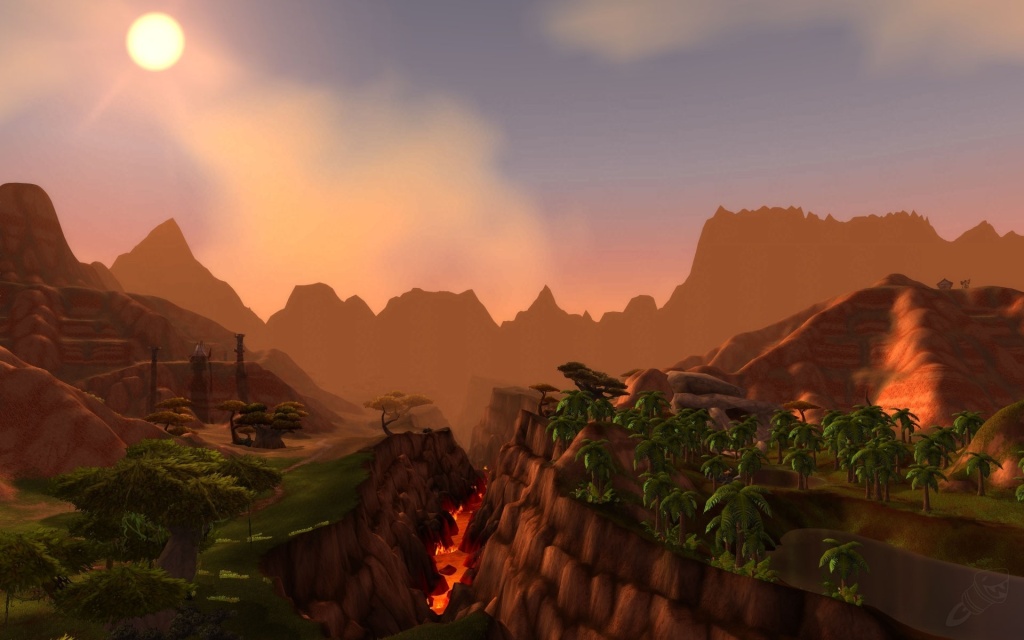
The Cataclysmic Shift: Rethinking Old World Zones
Blizzard’s revamp of old world zones in Cataclysm, though initially met with mixed reactions, was a necessary response to the game’s evolving world. As WoW expanded from Kalimdor and the Eastern Kingdom to Outlands and Northrend, revisiting the old world and utilizing asset recycling became crucial for budget and time constraints while still meeting fan expectations. With Classic Era WoW now a permanent option, these changes are likely to be received with more welcome, as players may appreciate the originals while embracing the essential and remarkable nature of remixes.
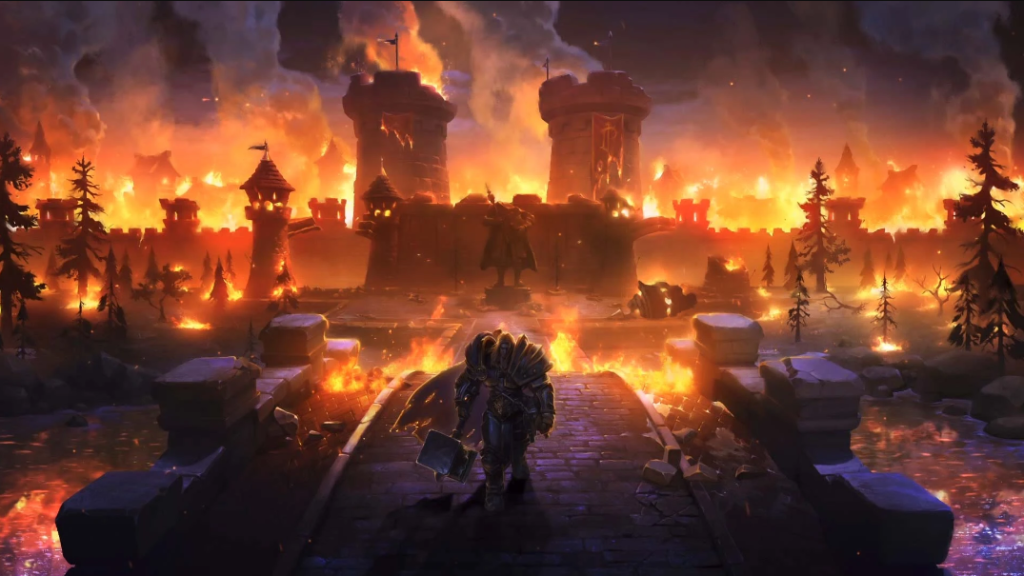
Carefully and masterfully creating assets in game design leads to enduring memories for players. Whether through iconic characters, moments, or items, deliberate and well-thought-out assets have a profound impact on the player experience and the lasting legacy of a game. While time and budget constraints pose challenges, embracing techniques like asset reskinning, reuse, and mirroring can open doors to new content possibilities. By carefully considering design details and leveraging existing assets, developers can create fresh experiences that captivate players and add depth to beloved games.
